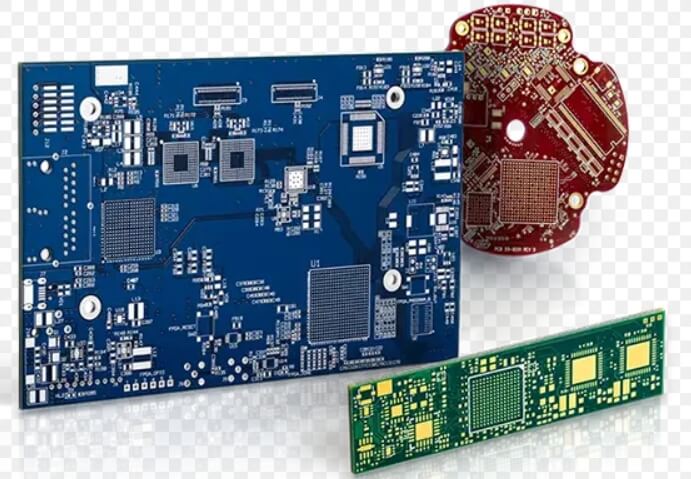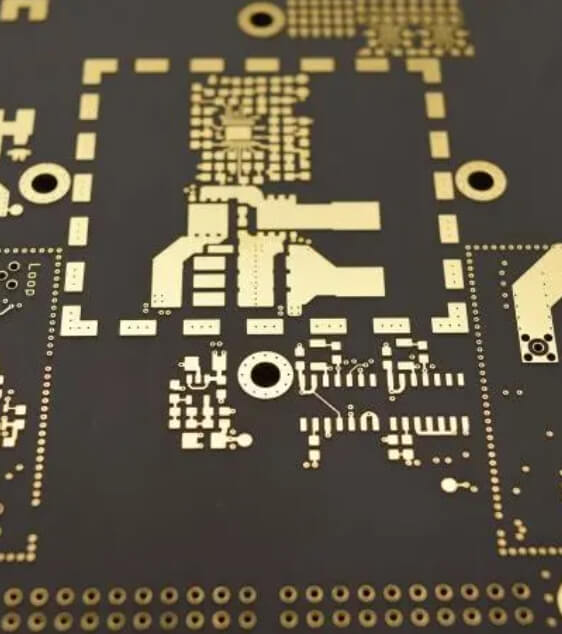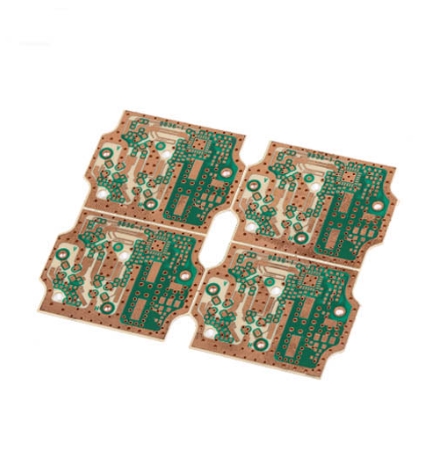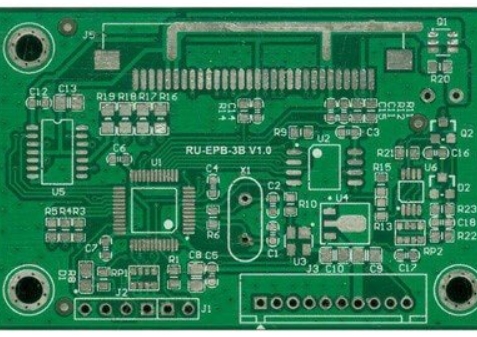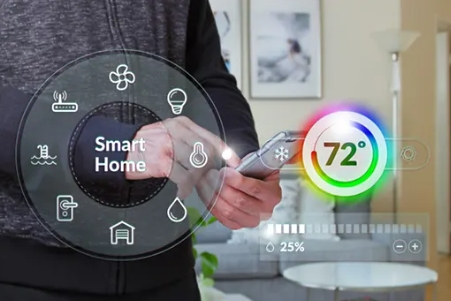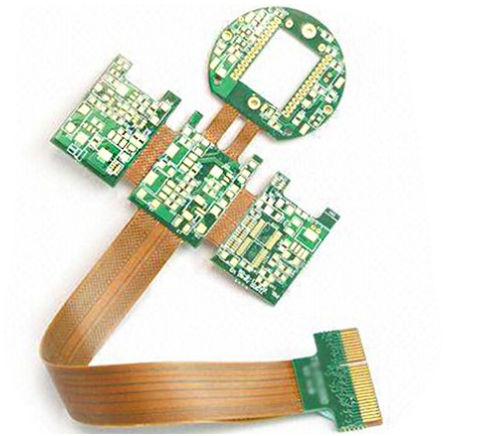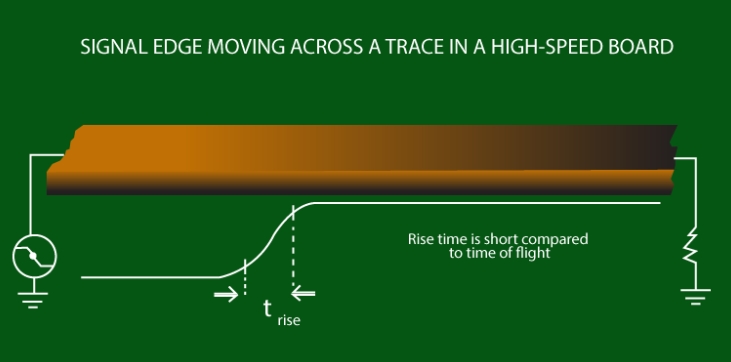Introduction: Addressing signal integrity (SI) issues early in the PCB design process can streamline the design and eliminate the need for corrective termination devices later. Here, we outline critical steps to maintain signal integrity, from planning through testing. 1. Preparation Before Design Begin by defining your SI requirements and design strategy. Early-stage planning will guide component selection,...
HomeAuthor
kkpcba-Cindy - KKPCB - Page 12 of 74
Solution Refinement and Layout: As the demand for smaller and more portable electronic devices continues to grow, the design of RF and microwave circuits is shifting towards more compact and efficient solutions. In high-frequency circuit design, the choice of PCB materials is crucial for determining circuit size, performance, and signal propagation characteristics. RT/duroid® 6010.2LM, a high-frequency...
PCB design is a delicate balance of electrical and thermal considerations, with the relationship between current and line width being a cornerstone of reliable circuit functionality. While many empirical formulas, tables, and software tools exist online to guide this aspect of design, this article consolidates the most useful references to assist engineers in optimizing PCB layouts....
1. Should the dead copper be removed in PCB design? Some people say that it should be removed. The reasons are probably: 1. It will cause EMI problems. 2. Enhance the ability to engage in interference. 3. Dead copper is useless. Some people say that it should be kept. The reasons are probably: 1. Sometimes a...
Introduction The Internet of Things (IoT) is revolutionizing industries worldwide, and its influence on Printed Circuit Board (PCB) design and manufacturing is profound. As IoT devices become more compact, efficient, and interconnected, the demand for innovative PCB designs has surged. This blog delves into how IoT is transforming PCB design and manufacturing, the challenges it poses, and...
Designing a high-voltage PCBs requires careful planning, adherence to specific guidelines, and a keen eye for safety. Whether you’re working on industrial equipment, power electronics, or consumer devices, the following tips and considerations will ensure you create efficient and safe high-voltage PCB designs. 1. Routing Guidelines for High-Voltage PCBs Proper routing is crucial for high-voltage PCB...
Thermostats are an essential part of our daily lives and industrial systems, regulating temperature to maintain stable conditions in both equipment and environments. However, to ensure thermostats operate reliably under various conditions, the core technology behind them—PCB (Printed Circuit Board) design—must meet high standards. This article explores the key factors to consider when designing a...
Rigid boards are known for their joined-up look. While PCBs are in huge demand nowadays, flexible boards are the latest innovation in the industry. Flexible-rigid and flex-flex PCBs are the result. Rigid-flex PCB combine both rigid and flexible layers, while flex boards use only flexible materials. Flexible PCBs, on the other hand, allow for complete customization....
Customer Background The client specializes in the development and production of a wide range of microwave electronic products. These products are extensively used in satellite communication, television broadcasting, long-range communication, data and image transmission, radar, remote control, remote sensing, electronic reconnaissance, and electronic countermeasures. With deep technical expertise in microwave technology and high-frequency electronic products,...
In this article, we’ll dive into the essentials of power integrity, why it matters, and how you can manage it effectively in your PCB designs. Whether you’re new to PCB design or looking to improve your skills, understanding PI is a must for building reliable, high-performance electronics. What is Power Integrity? Power integrity refers to...

